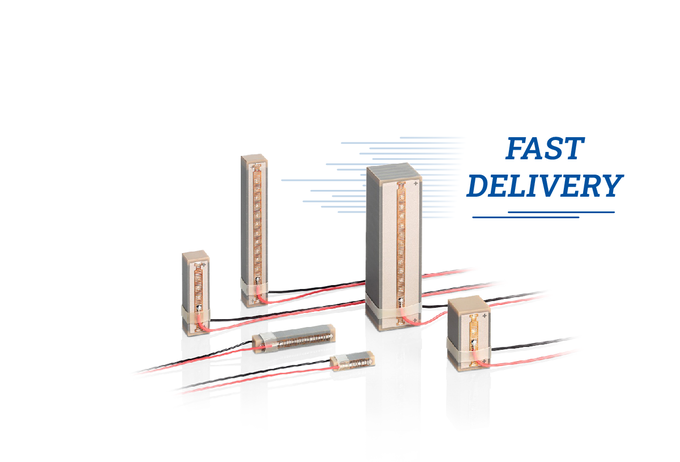Supporting Research of the Red Planet with the Help of Multilayer Piezo Actuators in the Curiosity Mars Rover
The CheMin instrument of the Curiosity Mars Rover performs chemical and mineralogical analyses on Mars rocks. In order to analyze rock samples, the rock powder first has to be sorted. To this end, the powder is shaken at various amplitudes and frequencies in the range from 0.9 to 2.2 kHz to achieve homogeneous particle sizes or separation according to the density.
PICMA® stack multilayer piezo actuators from PI qualified for this task. They carry out the oscillations required in material selection and supply at a defined frequency. Due to their all-ceramic insulation, they are ideal for use in outer space conditions at a temperature close to the absolute zero and with extremely low ambient pressure. They are made without synthetic materials, which could greatly impair their reliability in such an environment – so the patented multilayer piezo actuators can work precisely and repeatably over very long periods.
Extensive qualification and testing were necessary before the piezo actuators could be used in the CheMin instrument. Especially their lifetime was tested: Only after 100 billion (100.000.000.000 or 1011) cycles had been carried out without a reduction in performance and a failure was deemed nearly impossible, were the actuators approved for use in the Mars mission. No comparable actuators were able to fulfill the requirements – this is why NASA chose the PICMA® stack series. To this date, the actuators are making research into the ambient conditions of the red planet possible.
Interested in further success stories? Follow us on LinkedIn for direct access to our exciting topics!


